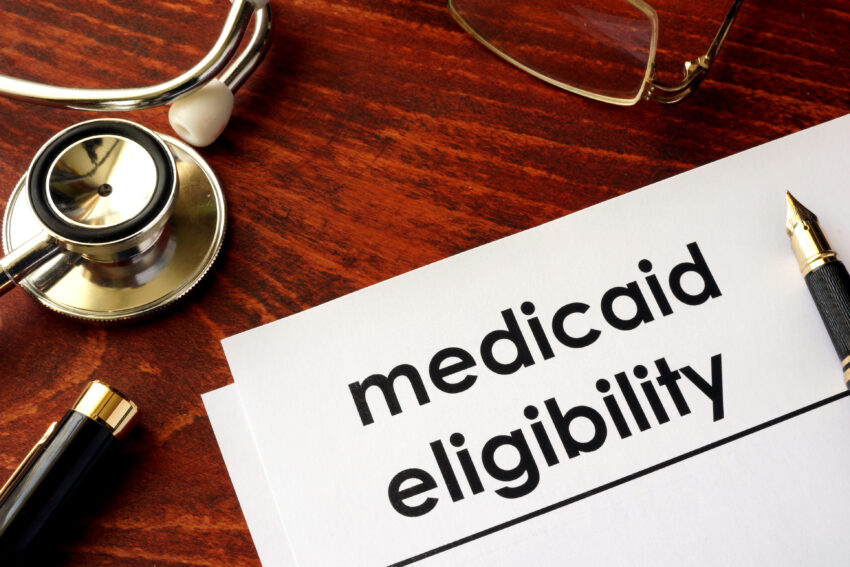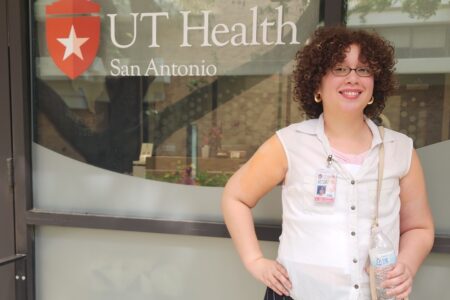
Share On Social!
The time is now to secure medical insurance through Medicaid and the Children’s Health Insurance Program (CHIP).
After three years of automatic renewal because of the COVID-19 pandemic, states went back to screening for eligibility in early 2023.
As a result, an estimated 15 million people, including 4.6 million Latinos, could lose their medical coverage through these programs over the next few months, depending on what state you live in.
To address this, the U.S. Department of Health and Human Services (HHS) is launching a new online resource to help people navigate the renewal and/or healthcare transition processes.
“Nobody who is eligible for Medicaid or the Children’s Health Insurance Program should be disenrolled simply because they didn’t have enough information about the renewal process,” said HHS Secretary Xavier Becerra. “We encourage our partners to utilize this new resource hub to help ensure children and families have the coverage that’s right for them. We also urge states to join us in partnering with local governments and community organizations to reach people eligible for Medicaid and CHIP where they are.”
Here are steps you can take to ensure you and your family’s health is covered through 2024.
Check Your Medicaid, CHIP Eligibility
Important information about coverage could be coming your way any day now.
State Medicaid or CHIP programs will send a letter regarding the status of your coverage. To make sure you get the information, update your contact information (current mailing address, phone number, email, etc.) with your state Medicaid or CHIP agency.
Check the mail frequently to see if it has arrived.
This letter should inform you whether you need to complete a renewal form to see if you still qualify for coverage through Medicaid or CHIP.
Renew Medicaid, CHIP Coverage
A renewal form will be sent to you via mail.
Filling it out and sending it to your state Medicaid or CHIP agency will determine if you still qualify for coverage.
Every state has its own renewal timeline.
“Respond to the Medicaid/CHIP renewal form when it arrives to keep your coverage,” according to an HHS renewal fact sheet. “Parents should respond even if you don’t think you’re eligible – your kids could still be eligible!”
Sign Up for Medicaid, CHIP Alternatives
Those who are ineligible to continue coverage through state programs can seek insurance using the Health Insurance Marketplace.
The Health Insurance Marketplace can be used during the Open Enrollment Period or during a Qualifying Life Event, which includes loss of Medicaid or CHIP coverage.

The Health Insurance Marketplace has been an integral resource for many transitioning from Medicaid or CHIP as states restart the eligibility renewal process.
At the end of 2023, CMS reported that 2.4 million people who selected plans through the Marketplace were made by individuals coming off of Medicaid or CHIP, according to a recent HHS news release.
Plans through the Health Insurance Marketplace are affordable with four out of five enrollees qualified to select plans that cost less than $10 a month.
What’s more, all plans cover basic things such as prescription drugs, doctor visits, urgent care, hospital visits, and more.
In addition, those who lose Medicaid or CHIP coverage can re-apply at any time to see if they might still qualify, and there’s no limit to how many times you can apply.
Check Resources on Medicaid, CHIP
HHS’ new bilingual resources aim to help raise awareness about renewing Medicaid and CHIP and other coverage options if you are no longer eligible for Medicaid or CHIP.
These include:
- Fillable/Non-fillable Flyers (English and Spanish)
- Fillable/Non-fillable Post Cards for Kids and Families (English and Spanish)
- Health Care Options Factsheet (English and Spanish)
- Post Cards for Kids and Families (English and Spanish)
Access the full list of resources here.
Latinos and Health Insurance
Lack of health insurance is one of the primary barriers to receiving healthcare.
For instance, the fear of financial hardship can keep many from visiting a doctor for cancer detection and treatment, according to the American Cancer Society.
With the introduction of the Affordable Care Act (ACA), the number of uninsured people under the age of 65 dropped from 18% to 10% in 2022.
The National Health Interview Survey estimates 28 million people were uninsured at some point in 2022, and in 2021 Latinos were among the highest uninsured populations at 34%.
Native Hawaiian or other Pacific Islander, American Indian or Alaska Native, and Black Americans were the second, third, and fourth highest uninsured populations at 31%, 29%, and 19% respectively.
The data supports that people from marginalized populations, such as Latinos, are more likely to be diagnosed with cancer at an advanced stage when treatment is more involved and costlier.
Raising Health Equity Awareness
The best way to end health disparities in your community is to educate yourself.
Download a Salud America! Health Equity Report Card!
The Health Equity Report Card gives you a rundown of how your community measures up against the rest of your state and country on health-related issues such as access to healthcare, healthy food, and housing.
This information can be shared with local leaders and organizations to spark change in your community.
GET YOUR HEALTH EQUITY REPORT CARD!
Explore More:
Healthcare AccessBy The Numbers
25.1
percent
of Latinos remain without health insurance coverage



